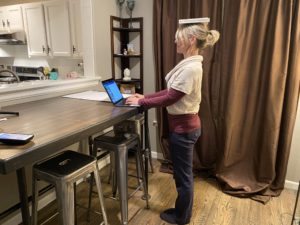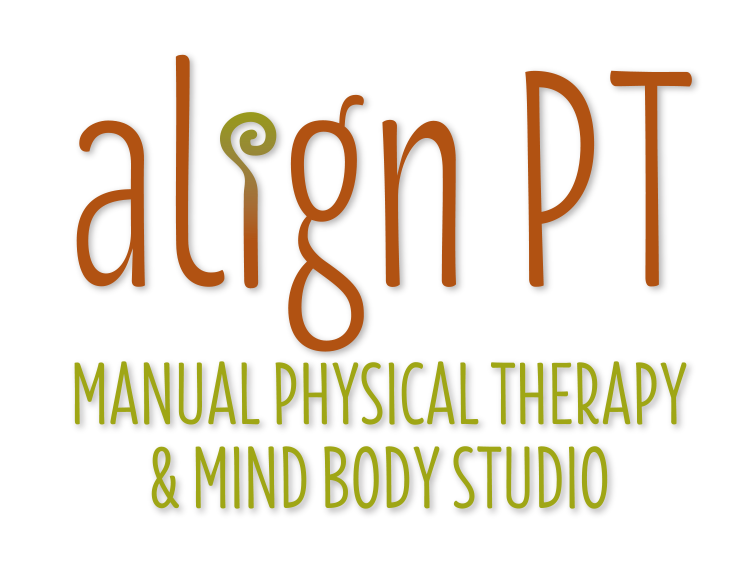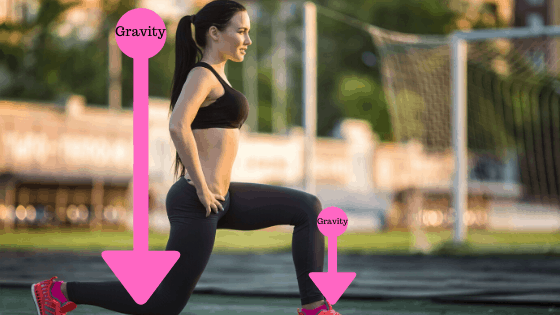by Michele Forsberg PT, MS
It’s a fact of life, we can’t stop the aging process. One of the things that happens as we age, is that our bone density decreases. Women over 50 are more at risk of developing osteopenia (decreased bone density) and osteoporosis (“porous bones” that have become brittle) because of the decrease in estrogen. One in two women over age 50 will have a fracture in their remaining lifetime. The interesting thing is that often women will not link the fracture to the possibility that it occurred because of osteoporosis. They will instead chalk it up to being weak or clumsy.
This is serious stuff. As we age, events like fractured hips can end up being a death sentence. I saw one statistic that read one in three adults over age 50 dies within twelve months after a hip fracture. That’s a sobering thought.
So What Can We Do Now? We certainly can take steps to ensure that we remain as healthy, active, and independent for as long as possible. It’s always better if we implement preventative measures earlier. We do reach our peak bone density by age 30, but if you find yourself approaching perimenopause or menopause, I would urge you to get proactive regarding your bone health, now!
Engage in Weight-Bearing Exercise. (recommended 150 minutes per week) Weight-bearing describes an activity you do upright on your feet that works your bones and muscles against gravity. When your feet and legs carry your body weight, more stress is placed on your bones. This is especially good for the vertebrae of the spine and the hips, two of the areas that people tend to fracture as they get older.
Here are some examples of weight-bearing exercises: walking and hiking, running, dancing, jumping rope, tennis, stair climbing, and functional exercises like squatting and lunging and certain yoga practices. If done with enough intensity and duration, some of these are also good for your cardiovascular system.
Maintain Good Alignment During Your Exercises, But Also In Daily Tasks. When I was in PT school we learned about Wolf’s law which states that bone responds to the mechanical demands imposed on it. It is theorized through this law, that bone density diminishes when bones are not mechanically stressed and increases when they are. Presumably, this law applies to other connective tissues such as ligaments and tendons as well.
When we stand erect and have good alignment, this gives our bones the best chance of activating the muscles against the force of gravity. Proper alignment helps more of your body participate and react to the opposing downward force and better distributes the bone-altering action where it is needed. (See demo photo above showing the downward force of gravity with the well-aligned individual)
Throughout your week, you can engage in frequent “weight-bearing” during functional daily activities like doing dishes, brushing your teeth, computer work, etc. Doing these activities in mindful, aligned ways will help your efforts even further. See the example below.
 Keep those shoulders, hips, and ankles aligned.
Keep those shoulders, hips, and ankles aligned.
Engage in Resistance Training (recommended three times per week) Resistance exercise uses weight machines or free weights, resistance bands, or the body’s own weight like push-ups and TRX to stress the muscles which place stress on the bones and have bone-building capacity.
Flexibility and Balance Exercises Engaging in activities that promote balance, flexibility, and mobility, though not always bone growth stimulating will help with fall prevention and may help you avoid being one of the statistics.
Exercise Is But One Part of the Bone Health Equation Exercise is a really important piece of the puzzle when it comes to bone health. There are other things to consider such as diet, for instance getting enough Calcium and Vitamin D which are important as well. Habits like smoking and drinking too much alcohol are linked with a higher risk of osteoporosis. There are other situations that may also put you at risk, it’s best to talk with your physician about whether you need further testing and/or drug treatment or HRT hormone replacement therapy.
PS: If you live in or near Longmont, Colorado, our personal trainers here will help you fill your weight-bearing and resistance training requirements. Check out our personal training page with our introductory special here or talk to one of our PTs or trainers to help you figure it out, we offer free Discovery Sessions for just that purpose.

